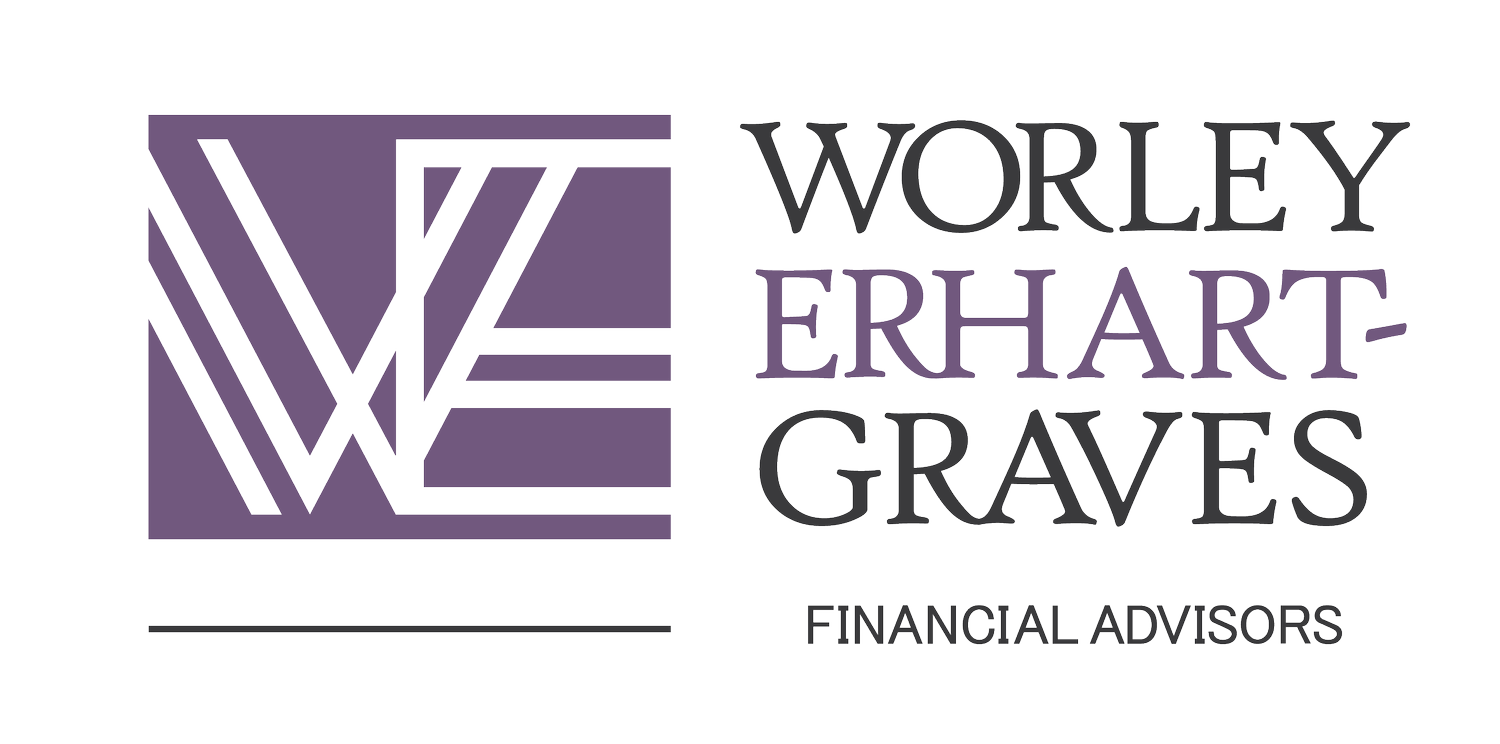Tax Perspective of a Down Market
/Although it can be difficult to wrap your mind around when you look at your investment statements, there is an upside to a down market. To name a few, your contributions and reinvested dividends can go further, buying more shares. Bear markets are usually followed by a higher upswing and for some it creates a good strategy to do a Roth conversion.
Roth conversions transfer retirement funds from a traditional IRA into a Roth account. The main purpose for a conversion is so the taxpayer can enjoy tax-free distributions in retirement. Also, unlike a traditional IRA, the taxpayer is not required to take distributions from the Roth if the money is not needed, leaving it to grow tax-free.
The drawback of making a Roth conversion is the time it takes to make up for the taxes paid up front to convert. If the money was initially contributed to the IRA pre-tax, the account holder must pay tax on the full amount converted. If part of the contributions to the IRA were after-tax, the conversion is pro-rated against the total amount held in all IRAs owned by the taxpayer.
A down market creates a tax advantage on conversions. During a down market the taxpayer’s IRA value will have decreased. Therefore, to convert the IRA to a Roth, the taxpayer will be paying tax on a lower amount of assets. As the market recovers, the Roth account grows tax-free, theoretically meaning it takes less time to make up for the taxes paid.
A Roth conversion is not for everyone. Historically speaking, tax rates are still relatively low. If the taxpayer is currently in a low tax bracket and expects to be in a higher tax bracket in the future, such as when required minimum distributions come into play, it may be time to explore this opportunity with your financial planner and tax professional.
- Pam Smitson, CPA, CGMA, Smitson Erhart-Graves Financial Advisors






